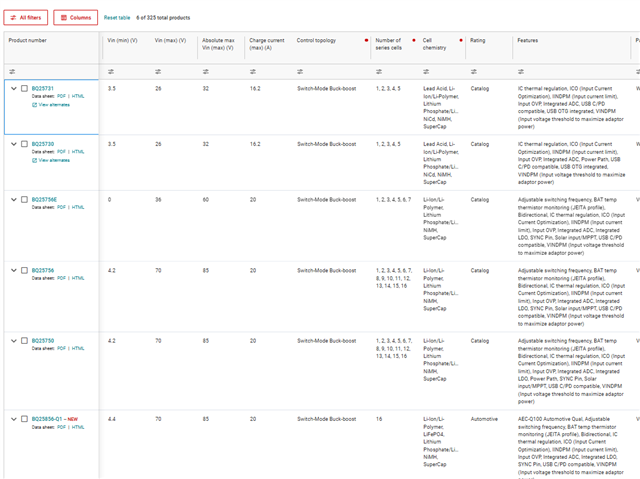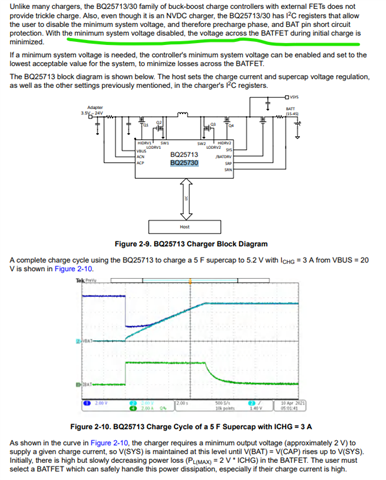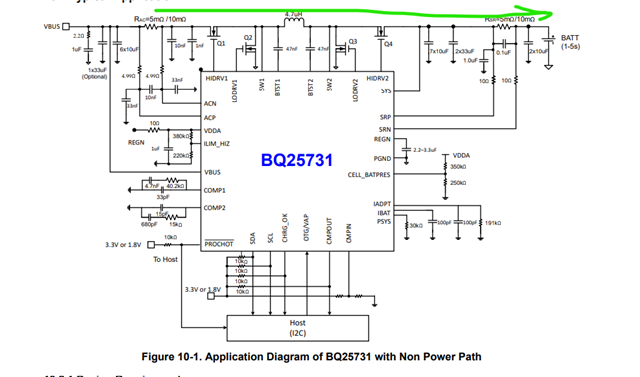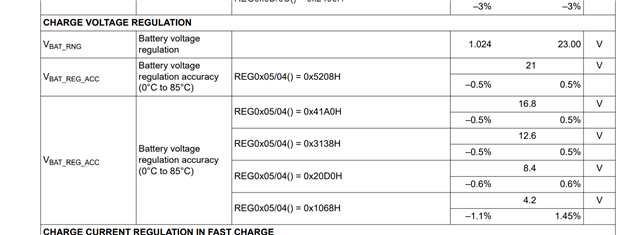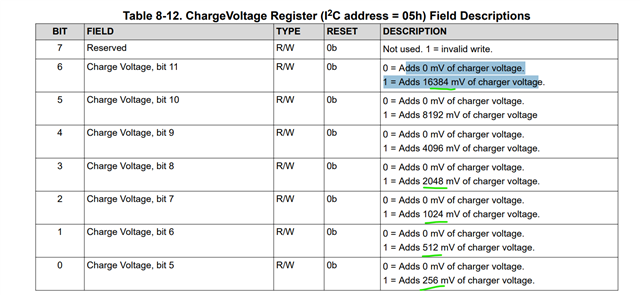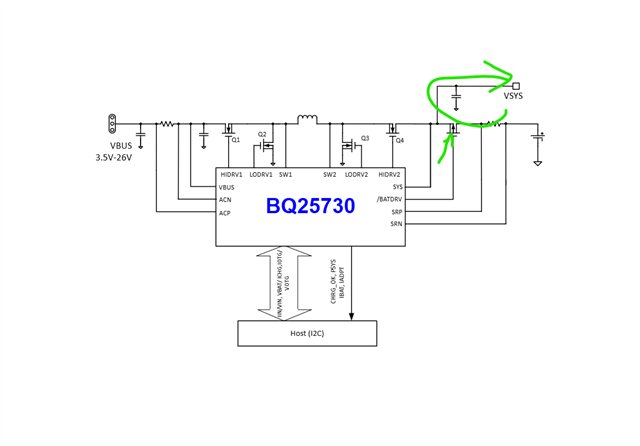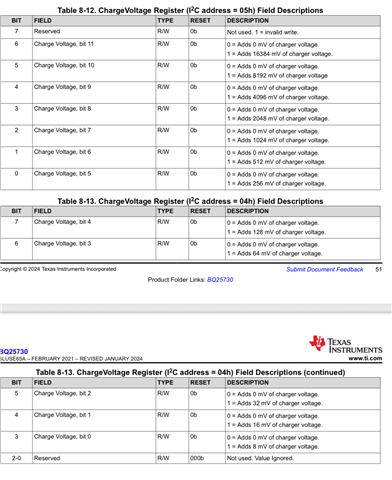Other Parts Discussed in Thread: LM317, BQ25750, BQ25713, BQ25730
Tool/software:
I am having a requirement to charge Electrolytic capacitor 24 V , I would like to check if this part can be used for Electrolytic capacitor charging to charge 6x8200uf cap to 24 V with 2A at good efficiency 90% compared to LM317 and program the o/p current to 2A MAX limit



